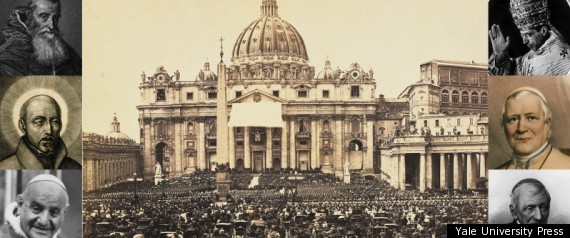
In an exclusive excerpt from his new book 'Ten Popes Who Shook
the World,' one of the world’s most highly regarded historians of
Christianity discusses the historic power of the papacy.
The papacy is an institution that matters, whether or not one is a
religious believer. The succession of the popes, all 262 of them, is the
world’s most ancient dynasty. The Roman Empire was young when the popes
first emerged onto the stage of history, and the earliest references to
them, in the late second century, already claim for the bishop of Rome a
status greater than that of any other Christian leader. Eighteen
centuries on, the popes exercise a quasi-monarchic rule over the world’s
largest religious organisation. They touch the consciences, or at any
rate the opinions, of almost a fifth of the human race. The papacy has
endured and flourished under emperors, kings and robber barons, under
republican senates and colonial occupations, in confrontation or
collaboration with demagogues and democrats. And by hook or by crook, it
has survived them all.
The popes themselves have never been in doubt about the coherence of
papal history, or its source. From the beginning they have claimed
divine warrant for their office as an institution established by Christ
himself, destined to endure as long as the human race. In the key papal
text from St. Matthew’s Gospel, the papacy (in the person of St. Peter)
is described as the rock on which the Church is founded, "and the gates
of hell shall not prevail against it." (Read on after the slideshow for more from "Ten Popes Who Shook the World.")
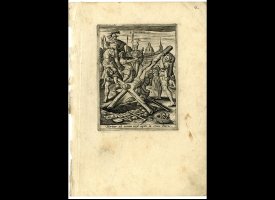

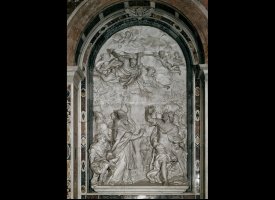
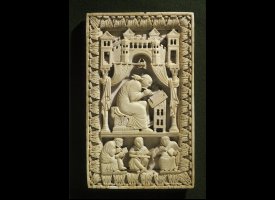
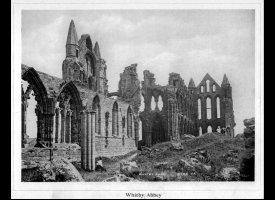
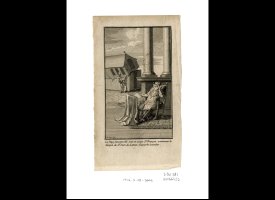
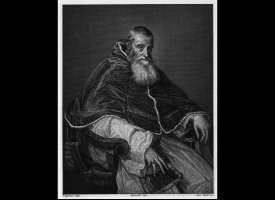

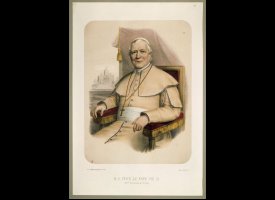
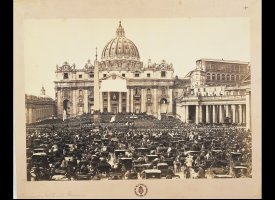
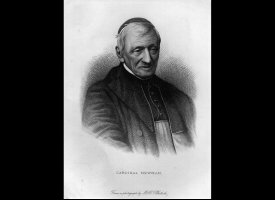

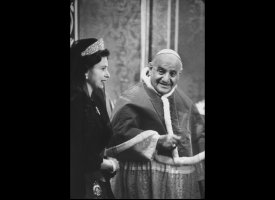

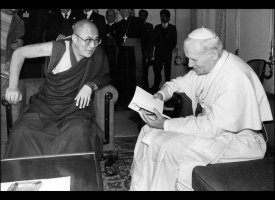
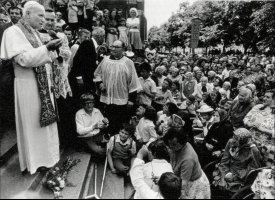
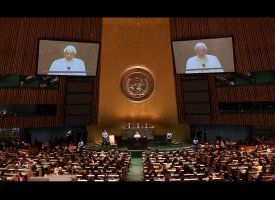
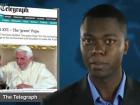
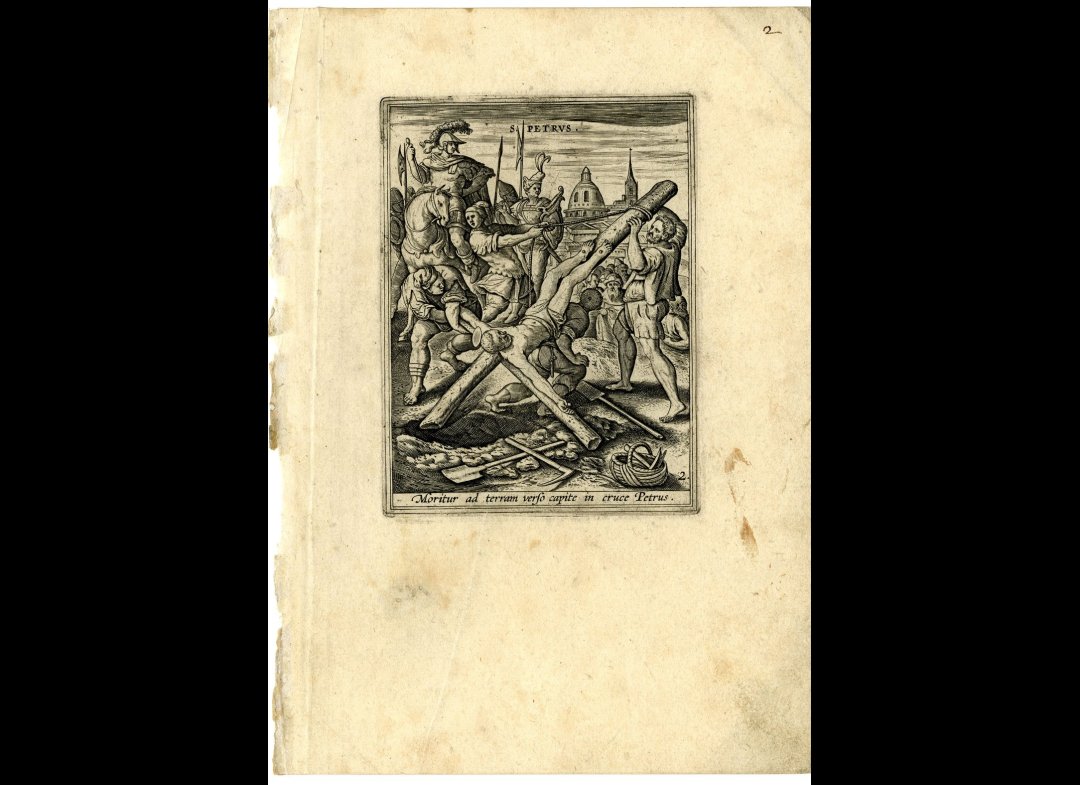
For non-Catholics, of course, the significance of the papacy stems
not from its religious claims but from its impact on human affairs.
Thomas Hobbes famously remarked that the papacy was "not other than the
ghost of the deceased Roman Empire, sitting crowned on the grave
thereof." The comment was certainly not intended as a compliment, but it
encapsulated an important historical reality nonetheless. Through no
particular initiative of their own, the popes inherited the mantle of
Empire in the West; the papacy became the conduit of Roman imperial
values and symbolism into the European Middle Ages. In a time of
profound historical instability at the end of antiquity and in the early
Middle Ages, the see of Peter was a link to all that seemed most
desirable in the ancient world, custodian of both its sacred and its
secular values. The papacy embodied immemorial continuity and offered
divine sanction for law and legitimacy. So popes crowned kings and
emperors and, on occasion, attempted to depose them. Even in the eighth
and ninth centuries papal authority stood high, although the papacy was
the prisoner of local Roman politics and many of the popes themselves
were the often unlearned younger sons of feuding local dynasties.
The papacy stood outside the local entanglements of churches which
were embedded in the social, political and economic structures of their
societies. Submission and fealty to the papal "plenitude of power"
offered great landed institutions like monasteries exemption from the
more burdensome and immediate interference (and financial claims) of
local bishops. The adjudication of the popes in the countless
jurisdictional, doctrinal and disciplinary disputes of Christendom was a
resource appealed to by all parties. Had papal authority not existed in
the Middle Ages, it would have to have been invented.
Papal claims reached their height in the central Middle Ages, and
were often turned by the popes into a platform from which to dominate
the world. This tendency was already evident in the career of the great
and forceful ninth-century pope, Nicholas I, who confronted and faced
down emperors. It reached its most famous expression in the early 14th
century with Boniface VIII, whose bull Unam sanctam declared
that it was "altogether necessary to salvation for every human creature
to be subject to the Roman Pontiff." Everything the modern papacy
claims, and very much more besides, such as the papal deposing power,
was claimed for the popes then.
In
the high Middle Ages the popes most certainly shook the world. It was
an 11th-century pope who first called on the armed force of Christendom
to "liberate" the great pilgrimage sites of Jerusalem and the Holy Land
from Muslim domination: the crusades were the result, inaugurating a
centuries-long bloody episode whose consequences reverberate still.
In the centuries after this zenith of papal influence, the papacy
went on insisting on the universality of its spiritual authority, but in
reality it declined drastically, even among all the Catholic powers of
Europe. The Renaissance popes could command the greatest artists and
architects in Europe, and they created a Christian Rome whose glories
were designed to outshine pagan antiquity, and to assert the claims of
the papacy against dissent within and beyond the Catholic Church. But
the spiritual claims of the papacy were complicated and, in the eyes of
many, compromised by the fact that the popes all too often behaved like
mere Italian princes, aggrandising their relatives (including their
children) while exerting over the Church a hold which had as much
dynasty as divinity about it. The rock on which the Renaissance popes
founded their fortunes was not so much Christ’s promises to Peter, as
the papal monopoly on the mining of alum, the rare mineral essential for
the tanning of leather.
Large tracts of northern Europe repudiated papal authority during the
Reformation of the 16th century. But the papacy, which even to Catholic
reformers had seemed almost hopelessly corrupt, made a startling
recovery. As Catholic institutions and Catholic doctrine came under
threat, the popes emerged as a centre of continuity and a spearhead of
renewal. Rome became both the executive centre and the symbolic focus of
a resurgent and aggressive Catholic Counter-Reformation. But
paradoxically, this very resurgence of papal energy triggered a reaction
among the Catholic powers of Europe. They began to find irksome the
ancient claims of the popes to intervene in secular matters. Popes of
the time might have inhabited buildings that spelled out an almost
megalomaniac vision of papal dominance, like the monstrous bronze
baldachin that Pope Urban VIII raised over the papal altar in St.
Peter’s, embossed with enormous heraldic bees from his own family’s coat
of arms, but in reality the popes were in serious danger of being
reduced to purely ceremonial significance. In 1606 Pope Paul V put the
entire Venetian Republic under solemn interdict for what he saw as
incursions on papal authority. Interdict was the popes’ most formidable
weapon, a collective excommunication and ban that in theory halted the
celebration of any sacraments and rites -– Baptism, the Eucharist,
Marriage, Christian burial -– throughout Venetian territory. But the
rulers of Venice called the Pope’s bluff, forcing the clergy to carry on
as usual or be banished. After a year of deadlock, the Pope was forced
into a humiliating climbdown. Underneath the elaborate deference of the
Catholic world, the papacy and its often inconvenient religious demands
were resisted. Cardinal Richelieu said of the Pope, "We must kiss his
feet -– and bind his hands." So the kings and queens of Catholic Europe
appointed their own bishops, taxed the clergy, policed contacts between
the local churches and Rome, restricted the publication of papal
documents, determined the syllabus in the seminaries and expelled or
dissolved the religious orders as they pleased. And in all this the
popes grumbled, protested and complied.
The modern papacy, therefore, with its unchallenged jurisdiction over
the whole Catholic Church, is not the product of a steady evolution
from simple beginnings, the natural growth of some essential acorn into a
mighty oak. In a real sense it is, rather, the result of a historical
catastrophe, the French Revolution. The Revolution swept away the
Catholic kings who had appointed bishops and ruled churches, and once
more made the popes seem the embodiment of ancient certainties. The
hostile secular states that emerged in 19th-century Europe attempted to
reduce the influence of the Church in public life, but they were happy
to leave its internal arrangements to the Pope.
The most crucial and important practical power possessed by modern
popes is arguably the right to appoint the bishops of the world, and
thereby to shape the character of the local churches. It is salutary to
remind ourselves that the popes did not possess this unchecked power in
canon law until 1917, and the practice of direct papal appointment of
bishops did not become general until the 19th century. Before then the
Pope’s role in appointing bishops was not generally as universal pastor
but as Primate of Italy or as secular ruler of the Papal States. The
1917 Code of Canon Law itself, which lies at the heart of papal
domination of the modern Church, arguably owes at least as much to the
Napoleonic Code as to Holy Scripture, and the exercise of papal
authority in the modern Church is rooted in quite specific aspects of
the institutional and intellectual history of the last 200 years.
Whatever its roots and its vicissitudes, papal influence over world
events remains formidable. Popes no longer mobilise armies or launch
crusades, but over the last century or so a greatly enlarged papal
diplomatic corps of nuncios and apostolic delegates has secured for the
modern popes powerful representation to most of the governments of the
world, and in international bodies like the United Nations. Catholics
form a fifth of the world’s population, and the Catholic Church is the
world’s largest conglomerate of humanitarian and relief organisations.
Those facts alone give immense significance to the opinions and actions
of popes.
It was because they knew that the words of the Pope had the power to
move millions that the Allies in the Second World War were so determined
that Pope Pius XII should condemn Nazi atrocities. And with the rise of
instantaneous modern communications and modern forms of travel, the
popes have gained a direct and imaginative presence in both Church and
world unthinkable in earlier ages. The capacity to translate that
symbolic religious valency into world-shaking action was startlingly
demonstrated by the crucial role of Pope John Paul II in the fall of
communism in Poland and the wider Soviet bloc. For good or ill, the
popes continue to shake the world.
Adapted from 'Ten Popes Who Shook The World' by Eamon Duffy,
published by Yale University Press in November 2011. Reproduced by
permission.
Eamon Duffy is professor of the history of Christianity,
Cambridge University, and fellow and former president of Magdalene
College. He is the author of many prizewinning books, among them 'Fires
of Faith,' 'Marking the Hours' and 'Saints and Sinners.'






No comments:
Post a Comment